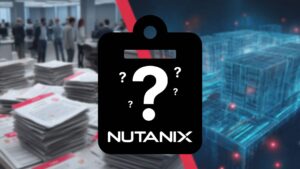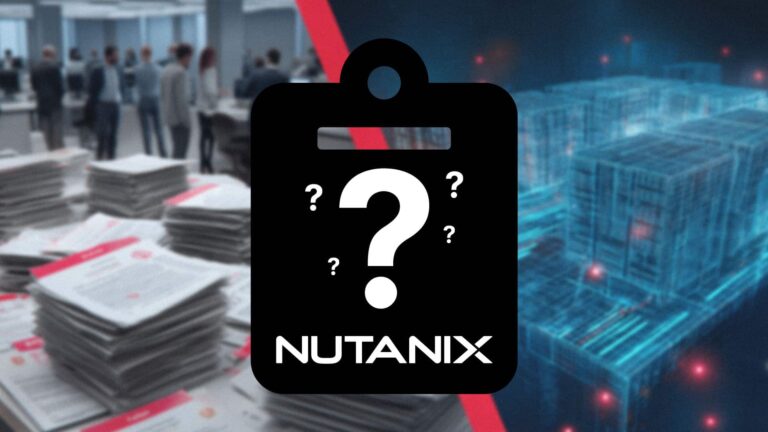Jim Hannan (@jim_m_hannan), Principal Architect
I have been given the opportunity to speak at both the Infotec and IOUG Collaborate conferences this year. I am very excited to continue to present on the topic of Cloud. This blog is in support of my IOUG Collaborate 17 presentation.
As the Cloud grows in usage, many IT shops are looking to do more with the Cloud. On consulting engagements, I have noticed much more interest in the Cloud over the past year. I remember even five years ago, we all struggled with the marketing term Cloud and what it really meant. Clearly, we all have a better understanding of what the Cloud is now than we did then.
Some of the earlier deployments into the Cloud space have been called “early adopters”. I think that is a good assessment of the Cloud and where the industry still is on adopting the technology. I also believe, based on interest in the industry and reports showing lower costs, this fact is going to change soon.
Cloud Use Cases
Often customers ask “how” – how can I use the Cloud today? I think this is great question. The Cloud is being used in every case that would be used in traditional on-premise solution. Certainly businesses have put Tier 1 applications in the Cloud, and some very successfully. Unfortunately, other Tier 1 implementations in the Cloud have suffered unplanned outages. As you learn more about these Tier 1 outages you can see a consistent pattern. The Cloud providers certainly could take the blame, but the customers also contributed to these issues. In many cases, we saw a lack of understanding on behalf of the customer related to terms and those pieces of the application stack they are ultimately responsible for. Can a Tier 1 application run in the Cloud? Absolutely – if the application is architected for high availability.
Other relevant use cases include:
- Emerging Technology Environment – this is popular with some IT shops, and is a sandbox for testing new technologies. Typically, it operates completely independent of on-premise infrastructure like AD or DNS.
- Traditional Test and DEV Environments – takes advantage of the agility of the Cloud and the flexibility of when a Test or DEV environment is needed.
- DRaaS – Disaster Recovery as a Service
If your organization is still conducting analysis before beginning your Cloud journey, but you want to be well positioned when the time comes to run in the Cloud, then here are some key technologies you should consider:
- Virtualize! This gives you the portability
- VMware vSphere 6 and vRealize Suite
- VMware SRM (DRaaS)
- Veeam (DRaaS)
- Oracle Containers (Pluggable Database)
- Oracle Standard Edition (reduce licensing cost)
- Linux ksplice (hot patching)
Licensing Cost
In general, Cloud costs have been keeping some customers from moving to the Cloud or doing more in the Cloud. Certainly as Cloud providers optimize software licensing, or build to help customers keep costs down, costs will greatly improve. Many of the top providers are doing this right now. Additionally, Forbes.com made the observation that many of these top providers built their infrastructure for scale, which means the more customers they have using their Cloud the more likely it is that their costs will drop.
As many of you are aware, we do a lot of work around licensing for both Oracle and SQL Server. Licensing can have a huge impact on the ease and/or feasibility of moving Tier 1 applications to the Cloud. Our CTO, Dave Welch, just wrote a blog on the impact of Oracle’s recent Cloud licensing change and I encourage you to read his blog – it can be found here. I also encourage you to learn more about the work we completed this month for Skytap, a VMware ESXi-based public cloud, in this blog by our CEO Nathan Biggs.






